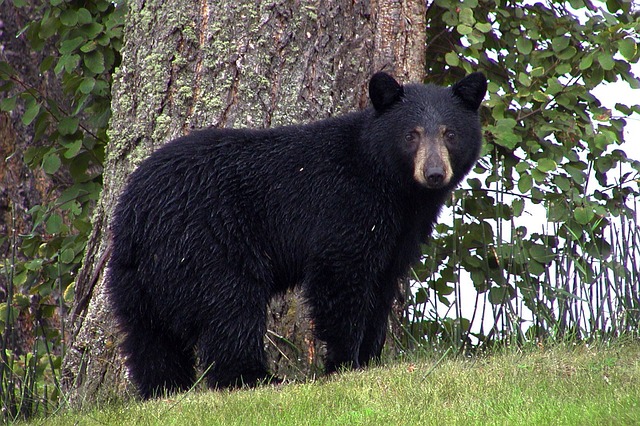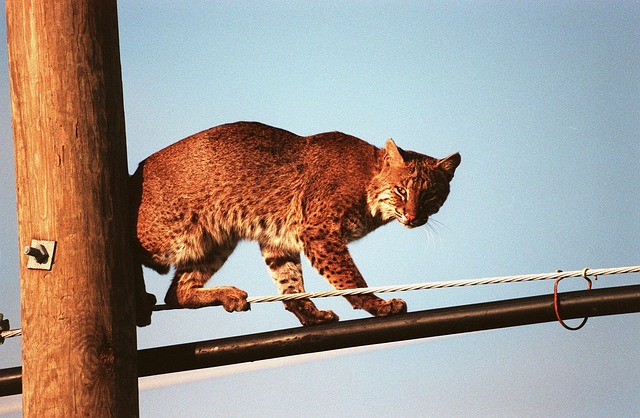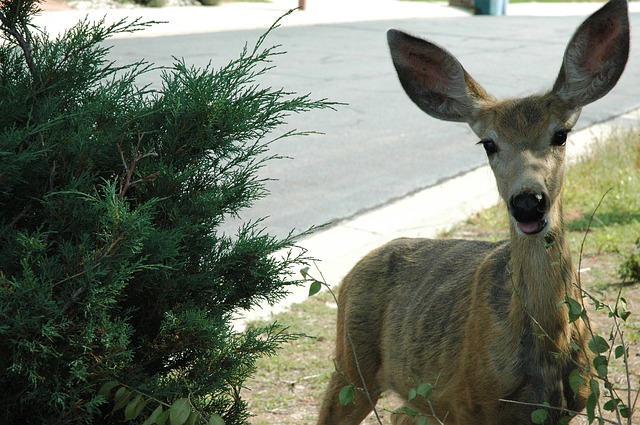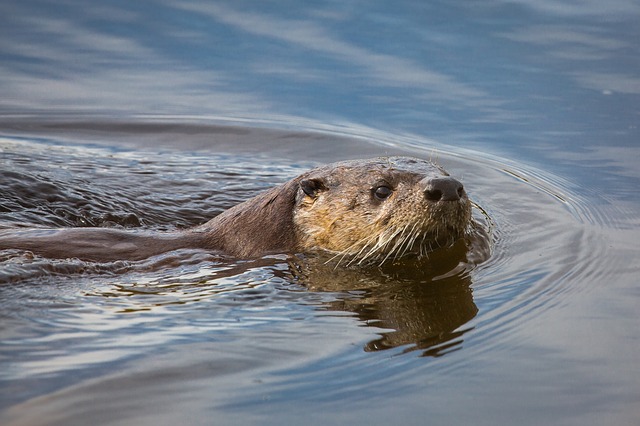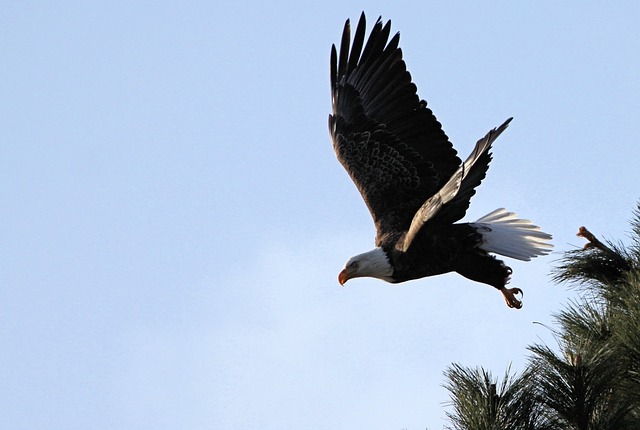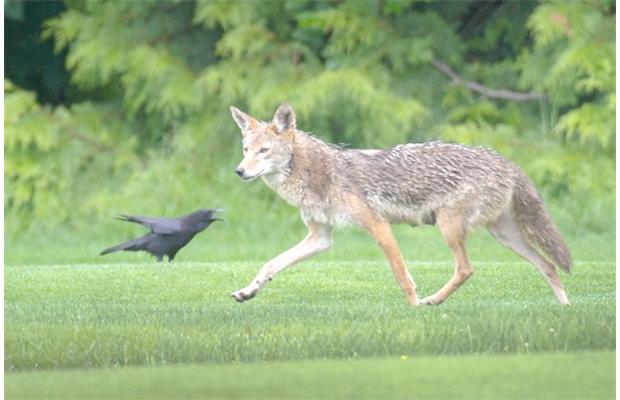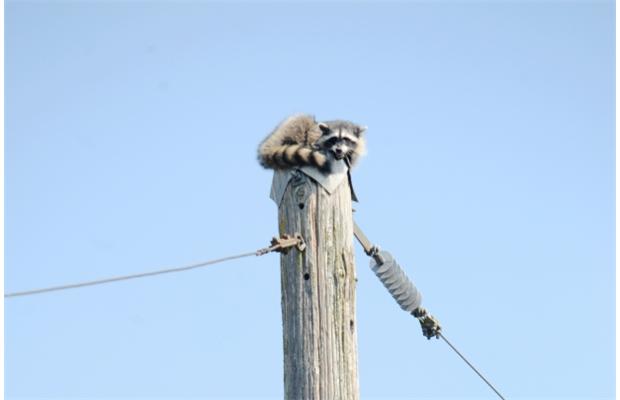Story adapted from The Vancouver Sun by Patty Bossort
LEVEL 2
Black-tailed deer left Vancouver 30 years ago. Elk disappeared from the False Creek area a century ago. The last cougar in Vancouver was shot in Stanley Park in 1911.
People in Vancouver did not want large wild animals to live in town.
Parts of Vancouver are close to natural areas
Parts of Vancouver still have some large wildlife. They are close to natural areas.
Download the story and try the exercise
North Vancouver
North Vancouver is built on the mountainside, next to the forest. Black bears still come into North Vancouver.
Burnaby Mountain
Bobcats live on Burnaby Mountain.
Coquitlam
Deer are sometimes seen in Coquitlam.
Some wild animals are coming back to the city.
The Vancouver park board is restoring natural areas in the city. They will do this for four years. They will restore 25 hectares of natural areas in four years. They are encouraging wildlife to come back to the city.
Coyotes, raccoons and skunks are seen in most neighborhoods. Beavers are moving back into several city parks and waterways.
A city can be a healthy environment
Vancouver is a healthy place for some wild animals. They can live with humans.
River otters live in the ponds at Vanier Park.
Hinge Park is a new park. It is near the Olympic Village. The park has a creek and a man-made island. Beaver, coyotes, river otters, raccoons and waterfowl moved in there.
In 2015 a grey whale swam into English Bay. It was the first grey whale in English Bay since 2010.
A pod of orcas swam into Burrard Inlet in 2015.
The herring started coming back to False Creek in 2009.
More bald eagles have returned. In 2004, there were five nests. In 2014 there were 15.
There are problems to solve
Beaver chew on trees, build dams and cause flooding. The city wraps trees with wire mesh to stop them chewing. They tear down the beaver dams in Stanley Park.
Coyotes eat rats, squirrels, cats and small dogs.
Canada geese leave droppings in parks and playing fields. They breed in large numbers.
Black bears raid garbage cans.
The challenge
Nick Page is a biologist for the Vancouver Park Board. He says we like to see nature in the city. We like to see whales in English Bay and beaver in Olympic Village.
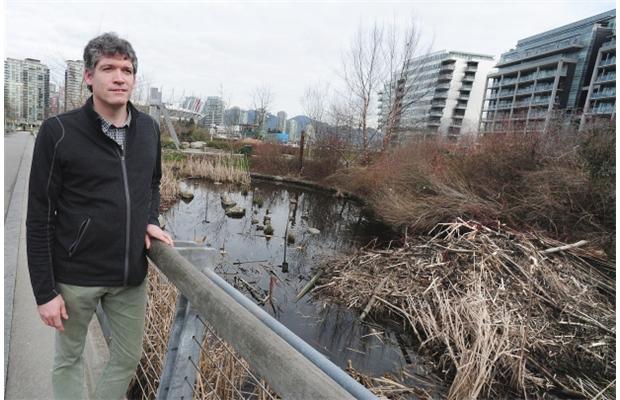
PHOTO: NICK PROCAYLO / VANCOUVER
Vancouver Park Board biologist Nick Page at the new beaver pond at Hinge Park
About the Canada geese Nick Page says, “We still are challenged… Do we just go on adapting and tolerating them, or do we start to manage their populations?”
More urban wildlife
Visit the links

